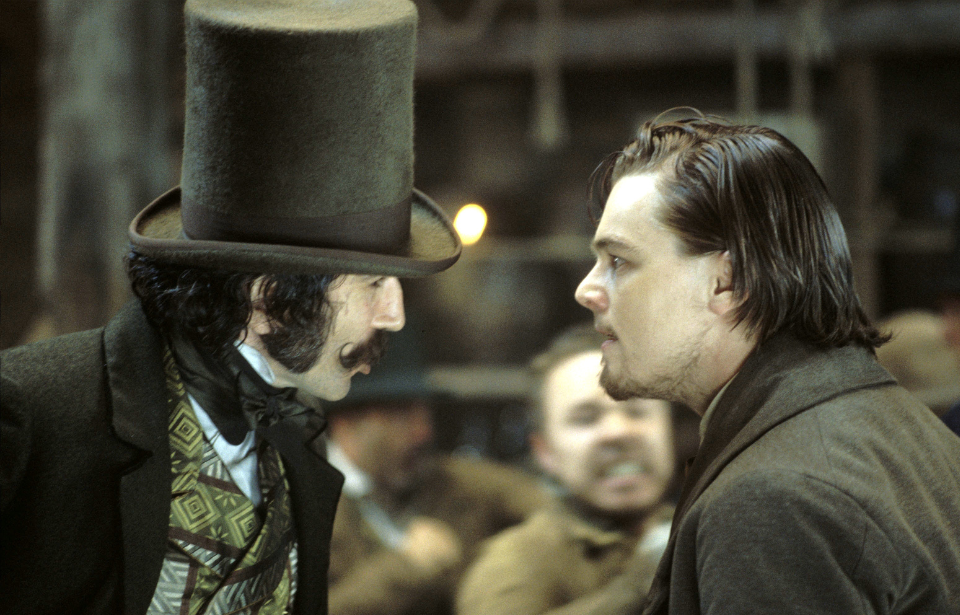When creating Gangs of New York, director Martin Scorsese wanted to not only entertain the audience but also provide an air of authenticity to the film. He worked with historian Tyler Anbinder, who suggested accuracies that could be incorporated into the film. So while the movie is an excellent watch, there are some things you can learn about life in pre-Civil War New York as well.
Scorsese was inspired by a book
In the 1970s, Scorsese came across a book called The Gangs of New York: An Informal History of the Underworld, written by Herbert Asbury and published in 1928. Hailing from Little Italy in New York City, Scorsese was fascinated to read about the history of the neighborhoods he grew up in. Nowadays, the book has been written off as an exaggeration of events and life during that time, but it still served as the backbone for Scorsese’s 2002 film of the same name.
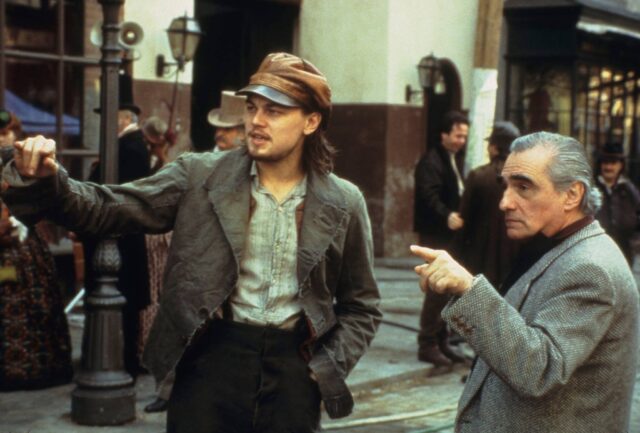
While most of the movie is fiction, there are many elements that hold true to life in New York during the 19th century. Scorsese put in a great deal of effort to ensure that the backdrop of the film was as authentic as possible, creating a massive set in Rome, Italy that transports audiences to New York City in the 1860s. Additionally, the film includes many real-life gangs that once occupied areas of 19th-century New York, including the Plug Uglies, The O’Connell Guards, The Daybreak Boys, The Swamp Angels, and many more.
The film has been praised for bringing attention to that era of the city’s history, despite it being a heavily fictionalized depiction of life during that time.
‘Bill the Butcher’ was inspired by a real man
While most of the characters from the film are entirely fictional, there is one who was heavily inspired by the life of a real man. William “Bill the Butcher” Cutting, played by Daniel Day-Lewis, bears a striking resemblance to William “The Butcher” Poole – they even share the same nickname. Poole was a butcher by trade but was given the nickname thanks to his affinity for bare-knuckle boxing. He was also the leader of the Bowery Boys gang.
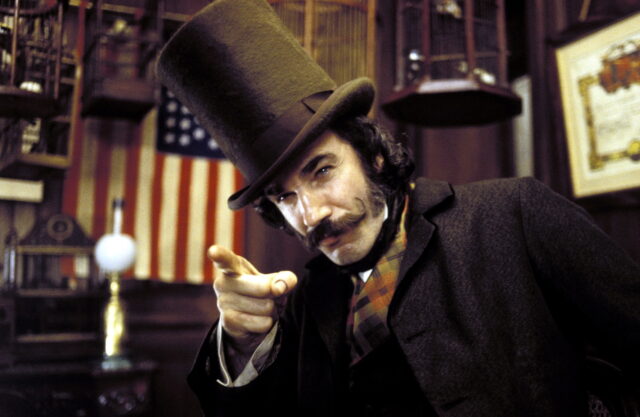
In the film, Cutting dies after a conflict with Amsterdam Vallon, portrayed by Leonardo DiCaprio, when he suffered wounds from gunfire shrapnel and a knife.
Poole also had a physical conflict although a different type. He fought in a boxing match with the leader of the Dead Rabbits gang, John Morrissey, and won. Morrissey’s friend later shot and killed Poole in revenge. Cutting’s final words in the film were, “Thank God. I die a true American.” This is not far off from Poole’s own last words, “Goodbye boys, I die a true American.”
The Know Nothings political group operated before the Civil War
One of the film’s foundational elements woven through the entirety of the plot is the tension between Catholics, Protestant “natives,” and immigrants during the 19th century. The large number of immigrants in the city, largely Catholic, eventually were made naturalized US citizens, which established a sense of xenophobia by the “native,” mostly Protestant, population toward them.
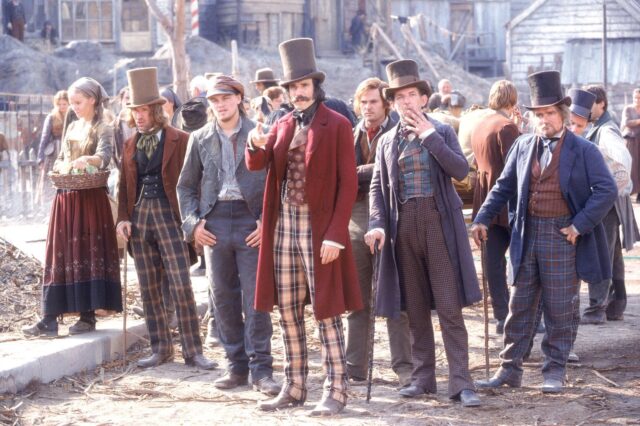
Although they were likely descendants of immigrants themselves, those born in the US felt that the immigrant population was threatening the political and economic influence afforded by their “native” status. This feeling led to the creation of multiple political organizations formed to promote “native-born” politicians while also suppressing the rights of immigrants and naturalized citizens.
One such group was the Native American Party, more commonly known as the “Know Nothing Party.” They were a powerful political organization prior to the close of the Civil War, earning its name by the practice of telling members to say “I know nothing” when asked by non-members about their operations. The party was rendered obsolete following the Civil War as much of its political agenda focused on slavery.
The Five Points was a real place
The Five Points Gang was named after the very real area where they resided. The “Five Points” was a junction of five roads in New York, including Mulberry Street, Orange Street (which is now Baxter), Worth Street, Cross Street (which is now Mosco), and Little Water Street.
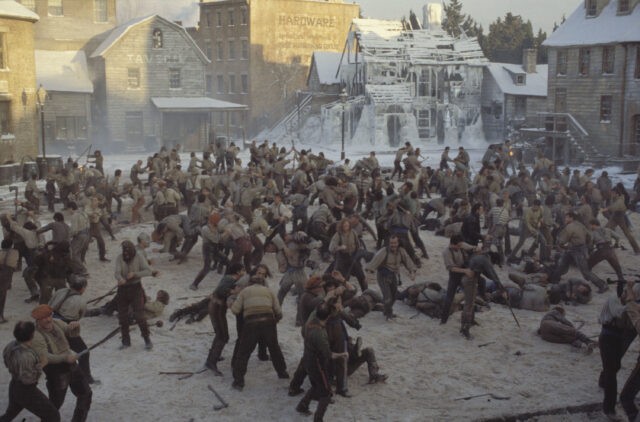
The neighborhood was once inhabited by a variety of people, but after several problems in the area drastically diminished its habitable conditions, it was practically abandoned. As the number of Irish immigrants in New York City increased following the Great Irish Famine that began in 1845, the Five Points neighborhood became home to many poor immigrants willing to live in horrible conditions.
Some argue that the area was no more violent than other neighborhoods in New York, but it was known for being a slum, rife with disease and criminal activity. Eventually, however, the Five Point neighborhood was reformed over the 20th century, transitioning from a community alleged to have the highest murder rate in the world at one point, to a hub of government administration facilities.
Riots did happen in New York following the war draft
When the Emancipation Proclamation was signed at the beginning of 1863, the working class of New York became fearful that their job security would be threatened by the newly freed Black population. The political parties in favor of slavery were instilling this fear into them, suggesting they would have to fulfill the work previously conducted by enslaved people. While much of the population wanted to see the maintenance of the Union, they weren’t necessarily in support of the freedom of enslaved people.
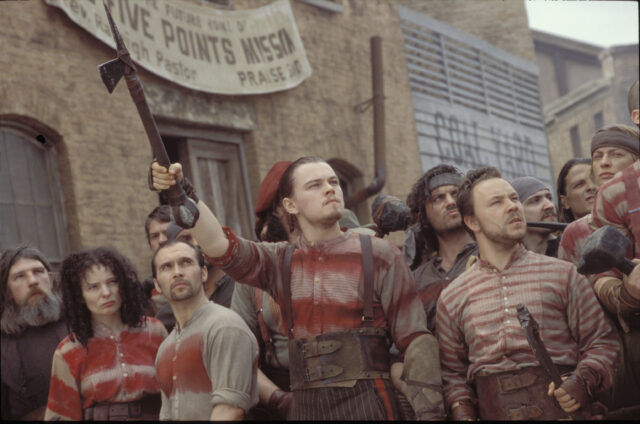
When the Civil War Military Draft Act of 1863 was passed, the civil unrest that was slowly brewing in New York finally exploded. In the film, the fight between Amsterdam and Cutting took place during these riots, which really happened and came to be known as the New York Draft Riots of 1863. The movie also mentions a fee that could’ve been paid by men wanting to avoid being drafted, which was also true.
The fee was a whopping $300, which a lot of working-class men couldn’t afford to pay. This greatly angered the population, as it made them feel like the Civil War was a rich man’s war but a poor man’s fight. All of this anger manifested in the rioting that lasted just two days but saw thousands of people killed, largely from the Black community. Black men, women, and children became the targets of this pent-up violence, as well as government infrastructure in the city.
Other tidbits the film gets right
There are many other smaller details the film also portrays accurately. First, Vallon’s Dead Rabbits were a real gang of Irish immigrants, and like in the film, they truly did have a member known as Hellcat Maggie. Members of the Dead Rabbits and other gangs would eventually come to make up the Five Points Gang, which went on to enlist some of the city’s most influential gangsters of the 20th century. This included Al Capone and Lucky Luciano.
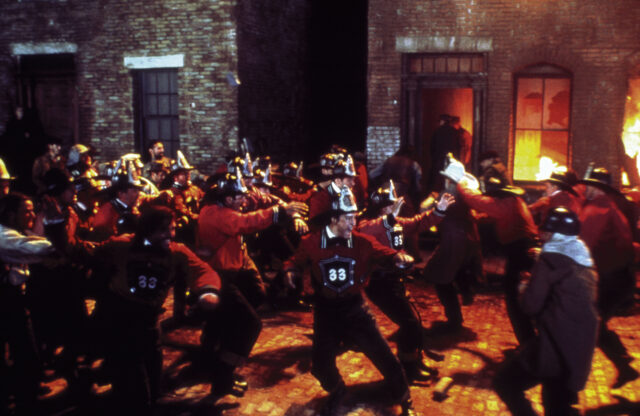
One of the more memorable scenes of the film is the conflict between rival firefighters. This is historically accurate, as there were no state-funded fire departments at the time. Gangs would form around volunteer firehouses, taking on the responsibility of quelling fires around the city. The threat of New York burning down was rampant during these times, and the first to arrive on the scene were paid more than any subsequent firefighting troops. As such, brawls between gangs of firefighters were bound to happen.
More from us: 8 Of The Most Historically Inaccurate Biopics Ever
One of the other ways the film honors real events of the past was in its acknowledgment of the attack on the Colored Orphan Asylum on Fifth Avenue. While approximately 200 Black children were able to safely escape, the orphanage was ultimately burned to the ground, resulting in one child’s death.
